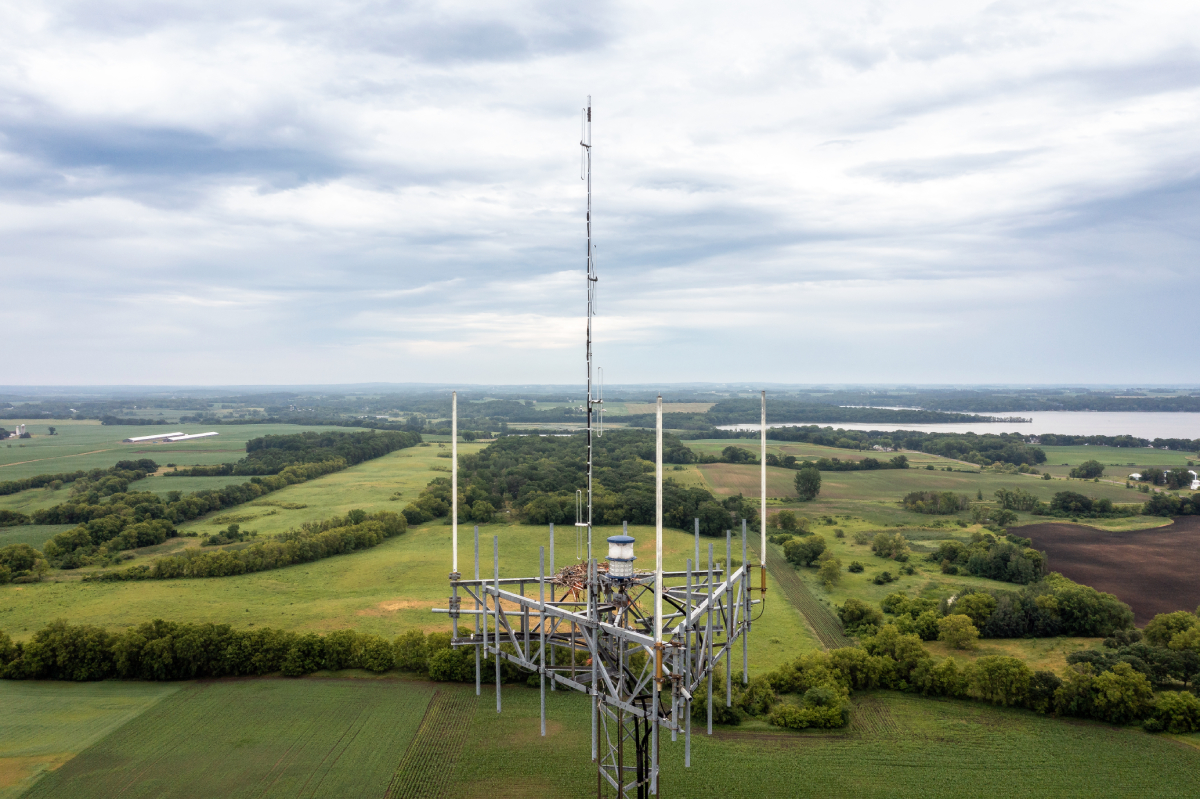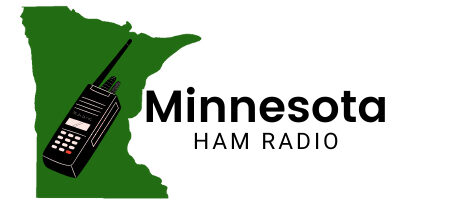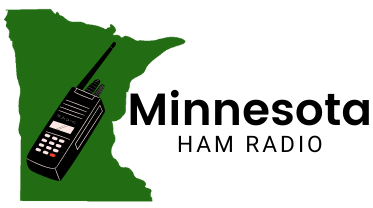What is a repeater?
Ham radio operators routinely use what is called a repeater. A repeater is a radio system placed in a high location like a radio tower or atop a tall building with the purpose of extending the reach of radio transmissions. The repeater listens for a radio signal on one frequency, often called an input frequency, and nearly simultaneously transmits it on another, often called the output frequency. Using a repeater, ham radio operators can communicate 25-50 miles away using a 5-watt handheld radio. Without the use of a repeater, that same handheld might only travel a couple of miles directly radio-to-radio.

Are repeaters open to anyone?
Yes, they typically are open and available for any licensed hams to use. Most repeaters are provided by local ham radio clubs, while it’s usually not required you’re encouraged to donate and support your local club or repeater owner if you regularly use their repeater system.
What if I’m afraid of talking on the microphone?
This is very common among new ham radio operators. It’s simple. Don’t be afraid. Everyone you talk to on-air has been in your shoes. We’ve all been a new ham and afraid to make a mistake or say the wrong thing over a repeater. Don’t beat yourself up. When you start the conversation tell them you’re a new ham, or they’re one of your first contacts. It will put you at ease and the other person will likely be happy to provide guidance.
Making your first contact on a repeater
It’s normal to feel nervous about transmitting for the first time on a local repeater. But don’t worry and remember — we’ve all been there. Take a deep breath and don’t be afraid to key up the microphone and let your voice be heard.
- Before transmitting on a repeater pause and make sure the repeater is not in use. Listen for 15-seconds and make sure it’s clear.
- Give your callsign and declare that you’re listening. – “WD9IGX monitoring” or “WD9IGX monitoring…anyone around?” This is likely to get someone to respond if they’re monitoring. Simply introduce yourself and let them know you’re a new ham. You’ll likely receive warm congratulations and someone who is willing to answer any questions you might have.
What is a repeater input?
The repeater input frequency is the frequency which your radio transmits and the repeater listens on for transmissions.
What is a repeater output?
The repeater output frequency is the frequency in which your radio listens and the repeater transmits on.
Are repeaters busy during certain times of the day?
Yes and no. Activity on repeaters can be hit-or-miss, but you’re most likely to hear activity during the drive times (7a – 9a and 3p – 6p). If your local repeater hosts a net it’s likely your repeater will be busier before and after that designated net time.

